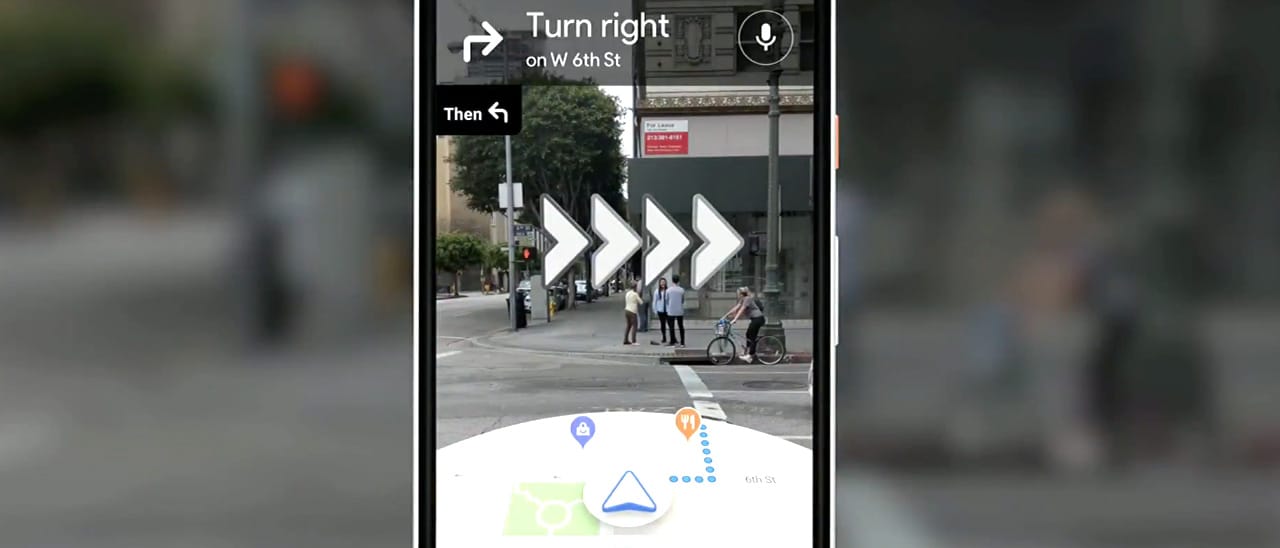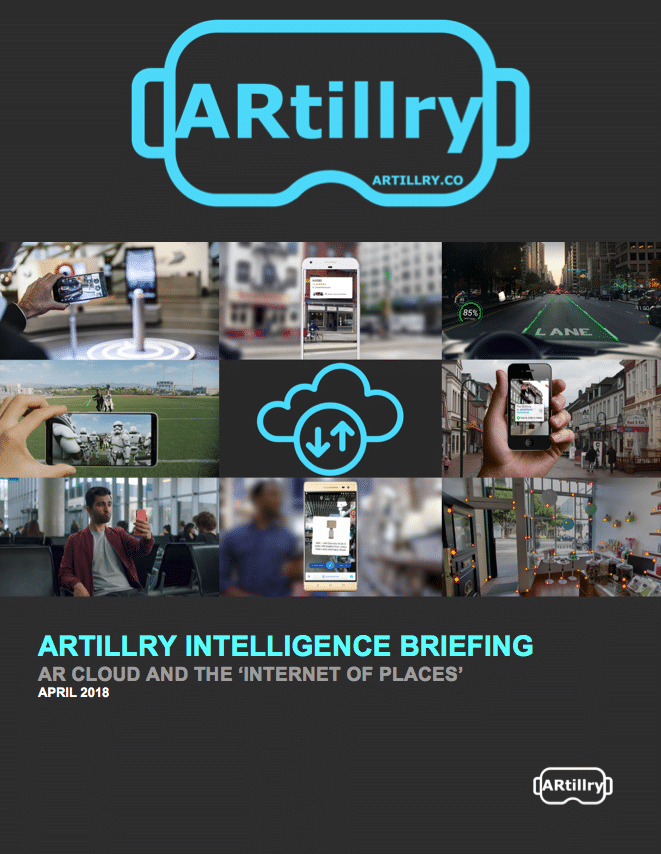
This post is adapted from ARtillry’s latest Intelligence Briefing, AR Cloud and the ‘Internet of Places.’ It includes some of its data and takeaways, including original survey research. More can be previewed here and subscribe for the full report.
Though the AR cloud will be a great enabler, there will be ample challenges and questions that surround it. Technical challenges have been well documented by thought leaders like Matt Miesnieks and Ori Inbar, but there are also adjacent challenges like cultural barriers.
Here is a non-exhaustive drill-down on a few of those challenges.
Opt-in Friction
A lot of relevance in AR will be tied to physical places. Graphical overlays will add context to everything from historical sites (education) to storefronts (commerce) to hiding spots (gaming) to people (social). That spatial relevance will be a source of value, a la scarcity.
But the downside is that AR’s linkage to geographically-defined relevance could subject it to the same challenges that face other location-targeted content on smartphones. And the biggest place these challenges have become evident over the past decade is with geo-targeted mobile ads.
One issue is that mobile devices can’t always report location due to app-level permissions. As background, location-targeted ads are served by ad networks that partner with apps. So when you’ve opted in to GPS tracking within a given app, you can be pinpointed within a meter for ad targeting.

But when an ad network doesn’t get that opted-in GPS signal (often), it will fall back to other methods, such as reverse IP lookup or cell tower triangulation. In those cases, they’ll report successful delivery of geo-precise ad placements to advertisers… but what they actually delivered can be off by miles.
Of course, consumers aren’t complaining about not getting the most geo-relevant ads. But with AR graphical overlays, the spatial imprecision could be more apparent and damaging. You don’t want to point your phone at one restaurant and get reviews for another.
There are a few takeaways for AR. One is that scene awareness and context gathering will happen through a combination of geo-data, localization and object recognition. So the above drawbacks of geo-data may boost the value of, and reliance on, cloud-delivered object recognition, a la 6d.ai.
The second lesson is the importance of getting the GPS-tracking opt in. We’ve all seen it: “This app would like to use your location.” That could be a key moment for AR apps. Because permission happens at the app-level, the strategies (and spoils) of getting it are in the hands of app developers.
So AR app developers should think about how they’re going to entice that opt-in. Look to best practices in opt-ins from the last decade. In short, provide a clear value exchange for what you’re asking for. That will be easier with some apps (think: weather) than others (think: social).
For example, one of the most under-rated things Pokémon Go did was get tens of millions of people to opt-in to GPS tracking. It was an unprecedented level of GPS tracking opt-ins, due mostly to the value exchange. Because GPS is necessary for player performance, the opt-ins flowed in easily.
That won’t always be the case. But some form of value exchange will often be a key component to mobile AR app strategies — for location tracking and in general. But especially with location tracking, the AR cloud will be empowered to support devices that can report where they are.
We’ll pick the discussion back up in Part II of this post next week, including a deep dive on other AR Cloud challenges such as matters of legal ownership and the front-end delivery vessel (apps, web, etc.). Stay tuned.
Preview more of the report here and subscribe to ARtillry PRO to access the whole thing.
For deeper XR data and intelligence, join ARtillry PRO and subscribe to the free ARtillry Weekly newsletter.
Disclosure: ARtillry has no financial stake in the companies mentioned in this post, nor received payment for its production. Disclosure and ethics policy can be seen here.

